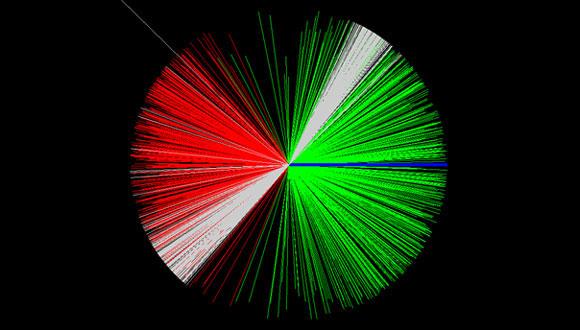Joint Seminar in Nuclear Physics
PROGRAM
14:30 - 14:45 Refreshments
14:45 - 15:45 "First measurements of neutrino-argon CCQE cross-sections", Erez Cohen, TAU
Abstract:
A sample of charged-current muon neutrino scattering events collected with the MicroBooNE detector is analyzed to extract the flux integrated and differential cross sections for charged-current quasielastic (CCQE) scattering on argon.
15:45 - 16:15 Coffee Break
16:15 - 17:15 "Alpha-DaRT: A new paradigm in radiation therapy?", Lior Arazi, BGU
Abstract:
The aim of radiation therapy is to maximize the dose to the tumor while minimizing the dose to healthy tissue. Collateral damage to adjacent organs inevitably limits the tumor dose, which often leads to local recurrence of the disease and precludes re-irradiation. Even in the absence of tumor recurrence, healthy tissue irradiation regularly results in severe side effects with major impact on the patient’s quality of life. Alpha particles could, in principle, be the ideal tool for radiation therapy. They are deadly to cancer cells: a single alpha particle hit to a cell’s nucleus can lead to its death with high probability, and unlike electrons, their effect is insensitive to biological conditions which increase the resistance of cells to conventional radiation. Their short range in tissue – only a few tens of microns – can guarantee that nearby healthy organs are spared. However, this very same property has so far prevented their use in the treatment of solid, macroscopic, tumors, because no practical way has been found to effectively cover the entire tumor volume with alpha-emitting atoms. Diffusing Alpha-emitters Radiation Therapy (‘Alpha DaRT’) is a new idea, which enables – for the first time - the treatment of solid tumors by alpha particles. The basic principle is to insert into the tumor an array of implantable sources (as in Brachytherapy), whose surface is embedded with a low activity of radium 224. Each source continuously emits into the tumor a chain of short-lived alpha-emitting atoms (progeny of radium) which spread by diffusion and convection over several mm around it, creating a continuous ‘kill-region’ of high alpha-particle dose. After many years of basic work on the technology and associated physics, as well as an extensive campaign of preclinical studies in mice, Alpha DaRT has recently entered clinical trials. First results, on non-resectable tumors which have already failed radiation, are remarkable, with the dramatic response and negligible side effects. This talk outlines Alpha DaRT’s basic principle, physics, and safety, presents the status of current clinical trials and discusses its planned application in future ones.


